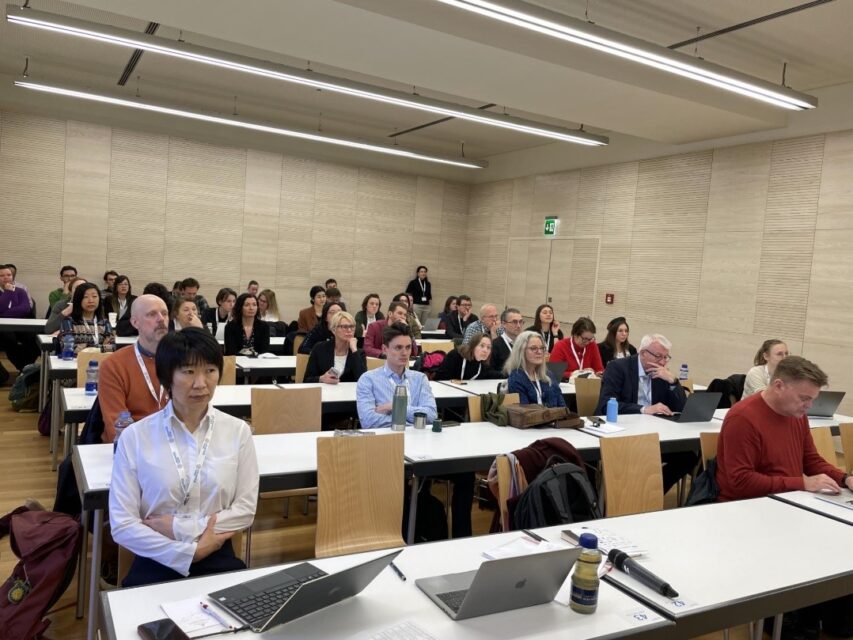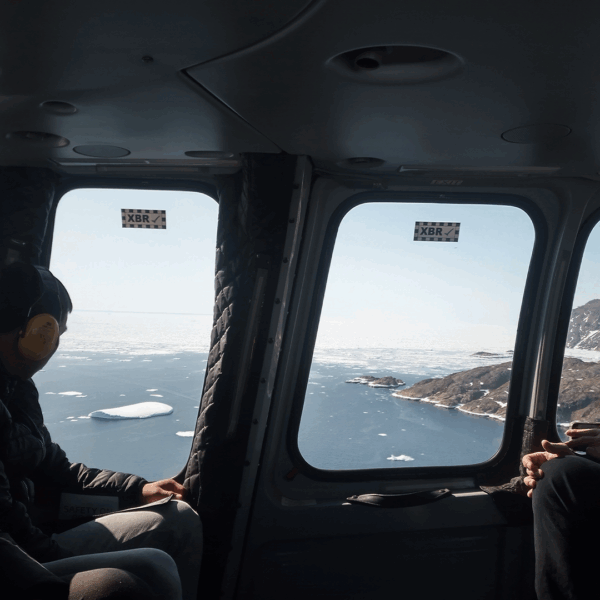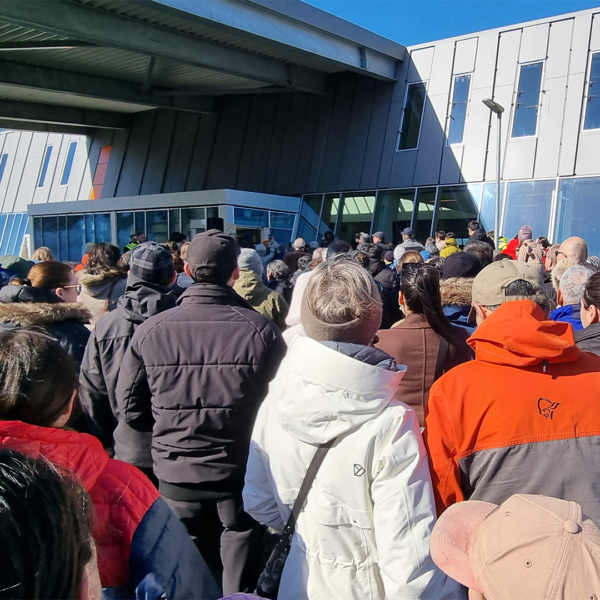InfraNorth at the Arctic Science Summit Week in Vienna: Summarizing Project Activities
By Olga Povoroznyuk and Ilya Krylov
On February 17-24 this year, the University of Vienna hosted by far the largest international interdisciplinary Arctic research forum and a meeting point for scholars, artists, Indigenous peoples and more – the Arctic Science Summit Week. Members of InfraNorth research team enthusiastically took this opportunity to present the project and their individual work. Not surprisingly, the project team members were actively involved in organization of several project-related events and presentation of their own research papers as well.
The community meeting “Introducing InfraNorth – an ERC Advanced Grant Project” that took place on February 20, was convened by Philipp Budka and Peter Schweitzer. At this event, InfraNorth was presented to a broader audience in a relaxed atmosphere with drinks and snacks. This event gave conference participants an opportunity to learn about InfraNorth project and research carried out by its team members.


On the same day, Olga Povoroznyuk and Howie Epstein convened the interdisciplinary community meeting “Towards Sustainable Infrastructure: Environmental, Technological and Societal Impacts of Development in the Arctic”. It included a poster session, a networking lunch, updates from research projects, and discussions on the future of the IASC research initiative RATIC. The event was attended by more than 80 people in-person and online. At this workshop Olga Povoroznyuk, Nikita Strelkovskii and Peter Schweitzer presented a paper entitled “Building Arctic Futures”, which focused on InfraNorth’s scenario building methodology.
Olga Zaslavskaia, Vera Kuklina and Olga Povoroznyuk, organized the art exhibition “Arctic InfraScapes” which opened on February 18. The exhibition, which highlighted results from several research projects on infrastructure and sustainability, drew attention of conference participants and brought forward ideas of collaboration between scientists, artists, and Indigenous peoples. At this exhibition, Olga Povoroznyuk also presented her own research project about maritime infrastructure, sea port expansion plans in coastal communities in Tiksi (Russia), Nome (USA) and Kirkenes (Norway).

In conjunction with the exhibition, Vera Kuklina, Olga Povoroznyuk, and Olga Zaslavskaia also hosted the scientific session and the round table “Arctic InfraScapes”. These events taking place on February 21, featured a series of research presentations and artistic performances focusing on Arctic infrastructures and their environmental impacts. At the scientific session, Alexis Sancho Reinoso and Timothy Heleniak presented their paper “Tunnels as Double-Edged Sword?”, which focused on the role of roads and tunnels in population dynamics of the Faroe Islands.

On February 21, Peter Schweitzer gave a keynote lecture entitled “One, Two or Many? – Conceptualizing the Arctic in 2023“. In his involving talk and the following conversation with the audience, he traced the history of conceptualizing the Arctic in the social sciences and addressed the challenges of doing research in the Arctic posed by the war in Ukraine and its geopolitical implications.
On February 22, Philipp Budka presented a paper entitled “Sustainability Transformation and Transport Infrastructures in Northern Manitoba, Canada”, in the session “Arctic Sustainability Transformation”. He deconstructed the notion of sustainability and discussed the role of transport infrastructure in the community of Churchill.


On the same day, Alexandra Meyer presented a paper co-authored with Anatoly Sinitsyn, Juditha Aga, Julia Lutz, and Oskar Landgren, entitled “Towards a Better Management of Cultural Heritage in Changing Polar Regions” in the session “Arctic Infrastructure Resilience and Climate Adaptation”. Their paper focused on the impact of climate change on the cultural heritage sites in Svalbard, Norway. And Ria-Maria Adams presented her paper “Polar Silk Worlding” in the session “Thriving Arctic Communities”. In this paper, she explored how Chinese tourism has been shaping imaginations and infrastructures in the city of Rovaniemi in Northern Finland.
All in all, the ASSW 2023 was a great opportunity for making the InfraNorth project more visible and for its individual members to share their research in progress and future plans, to deepen their expertise, and to expand their networks within and beyond Arctic studies.






Please login to post a comment...